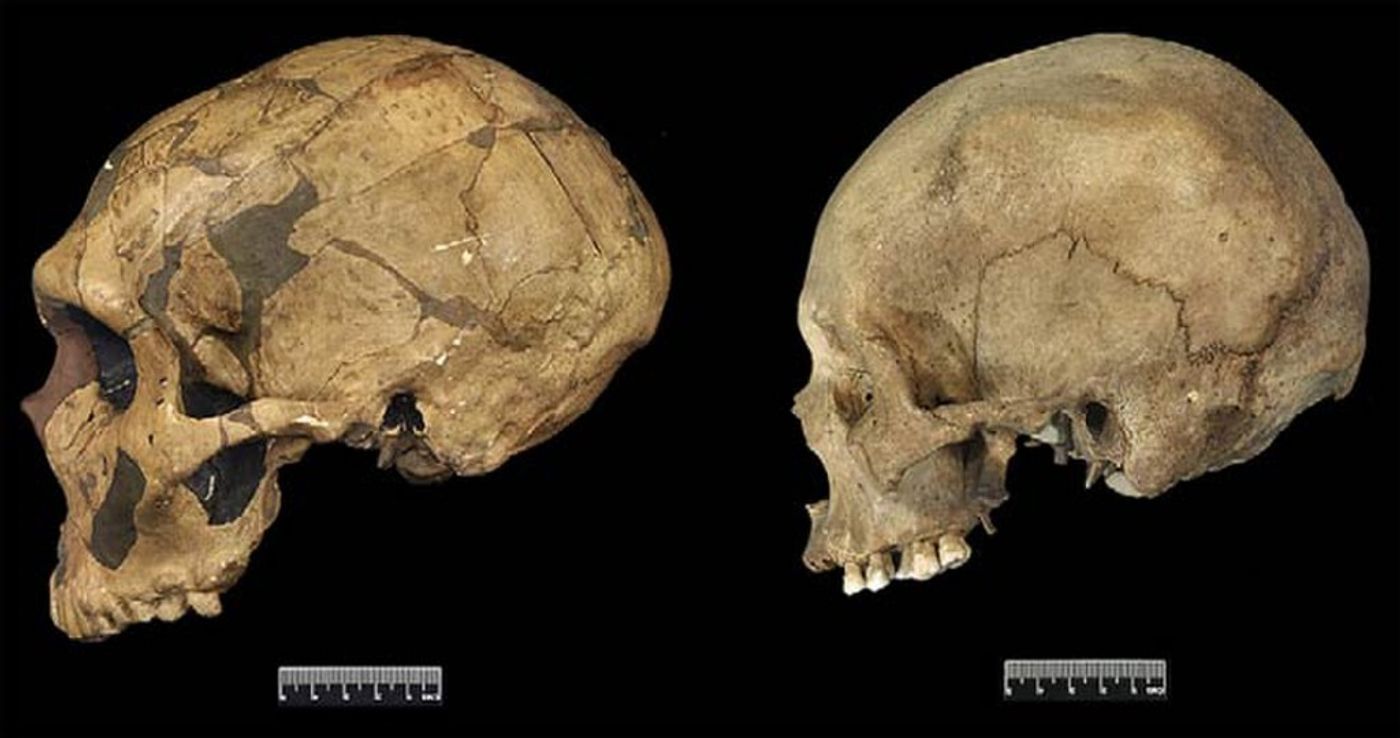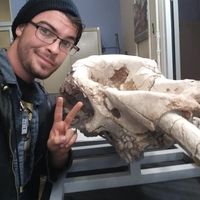54,000-Year-Old Tooth Challenges Our Understanding of How Humans and Neanderthals Interacted
In 2012 Archaeologists working in caves in the South of France discovered something incredible that is only now coming to light. A single tooth, the molar of an infant, in a layer of sediment with tools made by Homo Sapiens, not Neanderthals.
This singular discovery not only pushes back our earliest recorded date of Homo Sapiens into Europe, but it also sheds important light on the relationships between early Homo Sapiens and their contemporaries, Homo Neanderthalensis or Neandertals. Neanderthals are hominins that inhabited prehistoric Europe before early Homo Sapiens and occupy a special place in our imaginations. They had complex stratified societies capable of culture and they even produced music. Their body structures were more robust and their brow ridges more defined than modern Homo Sapiens, traits meant to accommodate for the cold and harsh climate of Europe at the time. Not much is known about our relationship and interactions with Neanderthals, with the exception of a few known instances, but discoveries like this help to illuminate our understanding of our long-lost relatives.
This discovery changes our perspective on many aspects of recent human evolution. Most importantly it helps to provide data that contradicts the hypothesis that Homo Sapiens alone caused the extinction of the Neandertals. This contradiction is due to the large amount of time that elapsed between the first contact Homo Sapiens had with Neandertals and the evidential extinction of the Neandertals. Early evolutionary anthropologists hypothesized this because they thought the arrival of Homo Sapiens was directly correlated with the loss of the Neanderthal. What the discoverer’s found in that cave in France was a baby’s tooth and lithic (stone) tools dating back to 10,000 years earlier than Homo sapiens had previously been thought to inhabit the continent.
The layer this tooth and the associated tools were found in was preceded, and then immediately followed, by layers of Neanderthal occupation. Simply put, Neanderthals used the cave, then Humans, then Neanderthals again. While there is no evidence for interaction at this site, we do know the two groups definitely interacted throughout prehistory. This lack of evidence for interaction is all the more impressive considering only one year passed between human occupation and Neanderthal reoccupation.
It is not known for sure if modern humans played a part in the extinction of the Neanderthals. There are many different theories arguing the possibilities. Scientists have discovered neanderthal DNA in modern humans, so it is possible that the lineages are at least partially fused. Now, the evolutionary anthropology community is beginning to piece together more of that story. However, the fact remains that stumbling across evidence like this is uncommon, and it’s very likely that during our lifetimes we will receive the data necessary to come to the accurate conclusions of our own origin story.
Sources: Carnegie Museum of Natural History, CNN, Nature 1, Nature 2, Science









